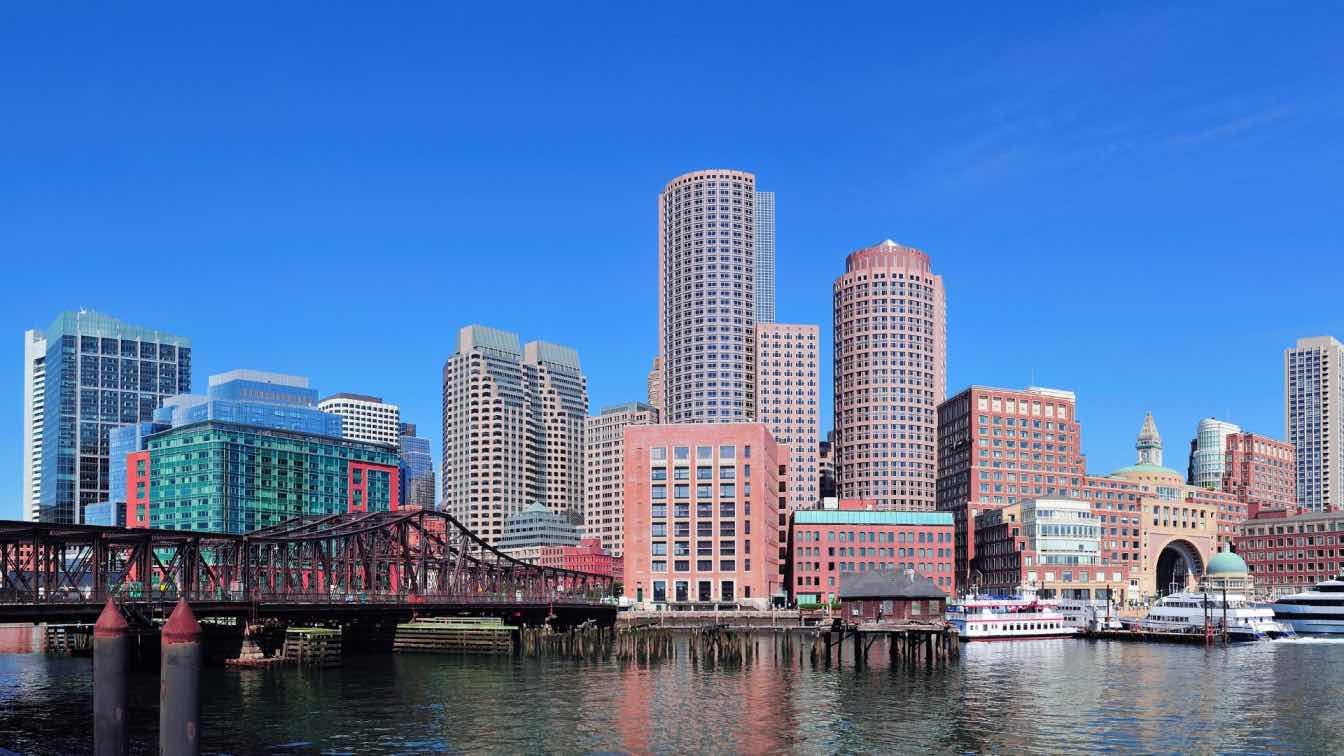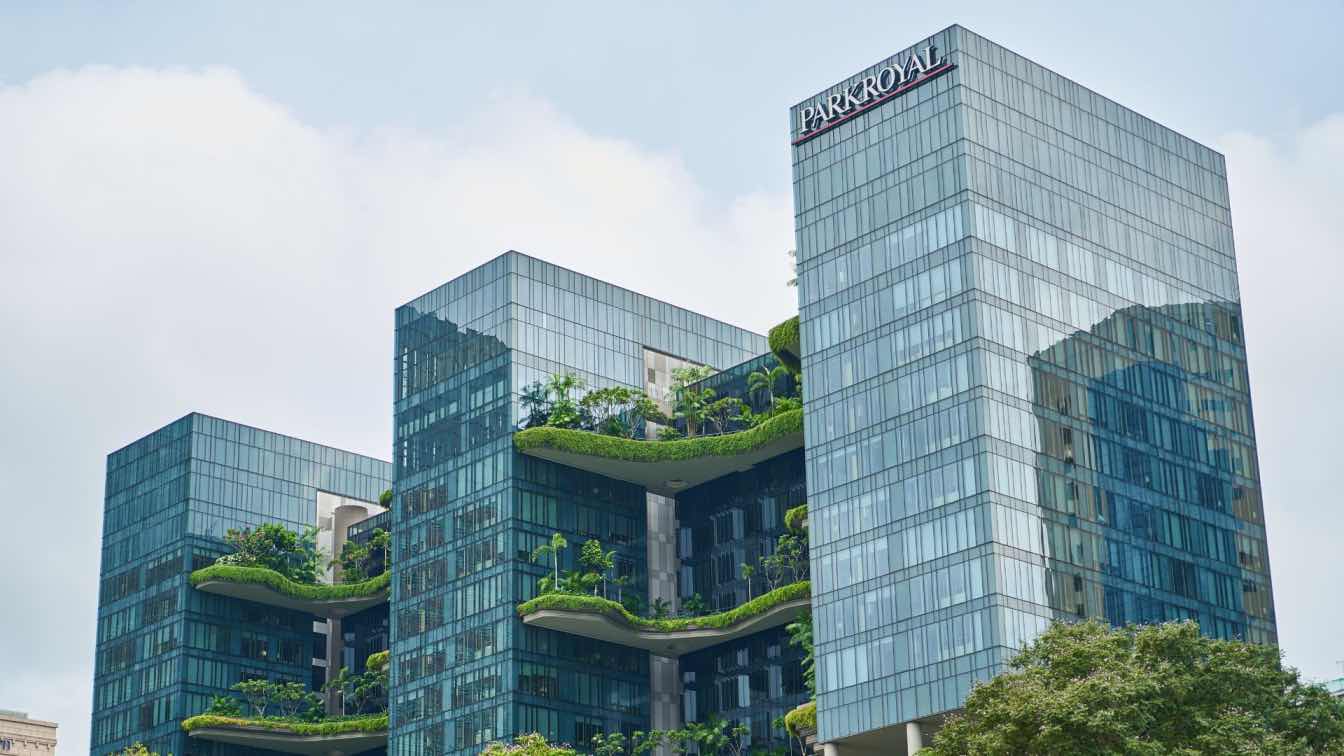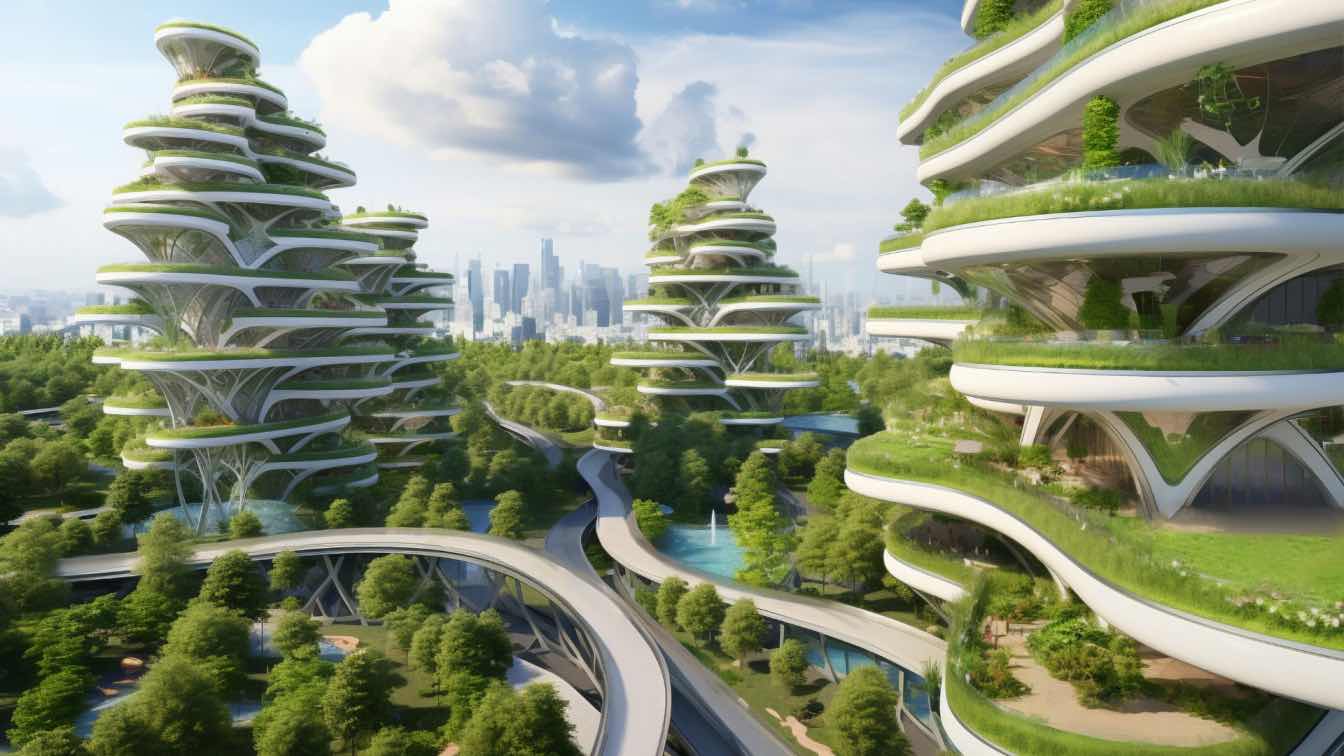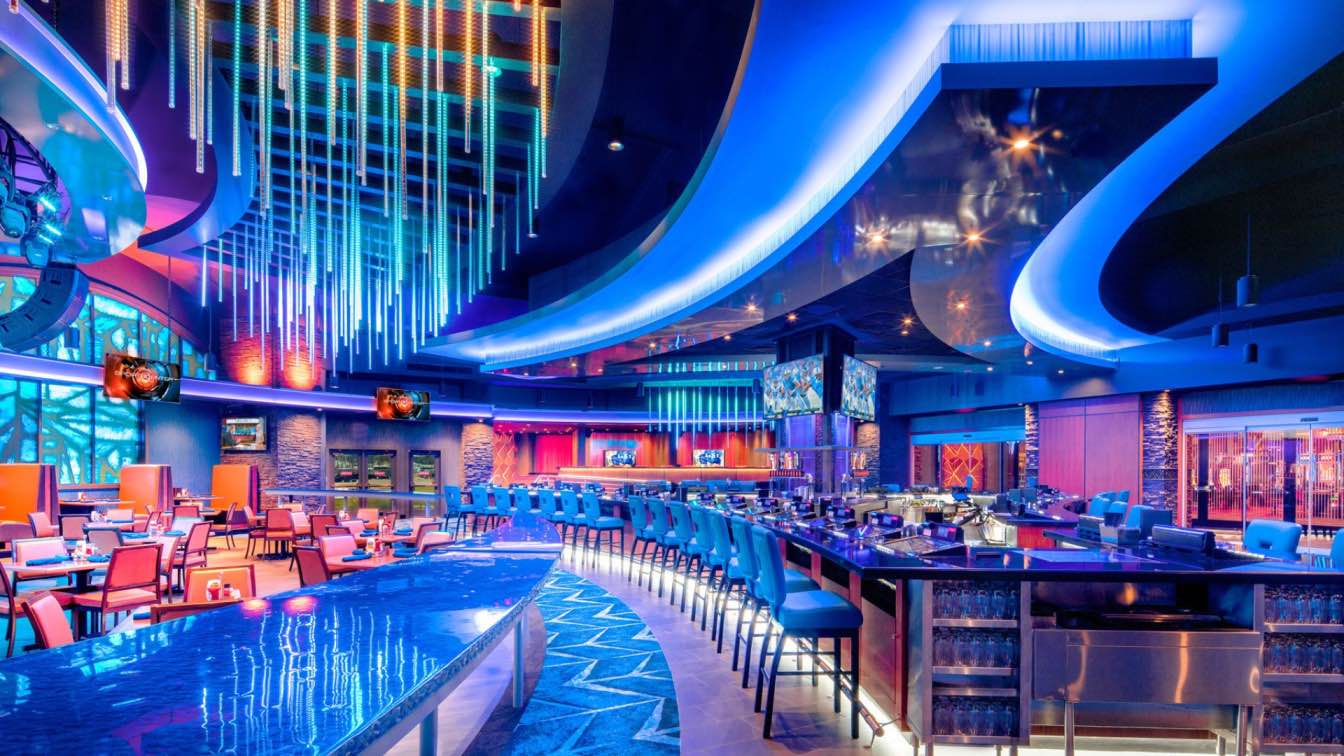Milwaukee is a city in transition. Although it's still proud of its industrial past and historic building stock, it's also transforming at breakneck speed—brought on by demographic transformation, inner-city revitalization efforts, and the emergence of new lifestyles. All of these are affecting the neighborhood real estate market in real terms, especially when it comes to older houses. Long left to decay or viewed as eyesores, these houses are more and more being sought after by home buyers and investors who find value where others once thought there was risk.
This resurgence is no fluke. It's being driven by a number of disparate city trends that are redefining the definition of what it means to purchase, restore, and resell a home in Milwaukee today.
The Rise of Walkable Neighborhoods
One of the strongest Milwaukee city development trends is walkability appeal. More and more residents—especially younger consumers—are appreciating the convenience of cafes, restaurants, parks, and local events within walking distance. Bay View, Riverwest, and the Historic Third Ward have seen resurgence based on combining urban conveniences and neighborhood personality.
Resale homes in these neighborhoods are becoming increasingly sought after—not in spite of their age, but because of it. Buyers enjoy value in character homes that offer vintage hardwood floors, crown molding, and architectural details that frequently are not duplicated in newer residences. With appropriate improvements, the homes can offer a lifestyle experience that blends historic character with convenience in the present within an active, walkable neighborhood.
Remote Work Is Changing What “Home” Means
The shift towards remote and hybrid work patterns has made a huge impact on what people want in a home. Where the daily commute decided where people would live, today buyers are much more flexible. This has opened up opportunities for communities that were not part of the earlier consideration due to distance from business centers.
Many of Milwaukee's older homes, particularly those on the north and west sides of town, are being re-considered in a new light. Instead of being seen as old-fashioned, they're blank slates—affordable options that offer space, privacy, and the potential for dedicated home offices. As more residents get used to working from home, they're investing in upgrades that make these homes more comfortable and convenient.
Affordability and Housing Pressure
Whereas national headlines grab attention with rising home prices, Milwaukee remains modestly priced compared to nearly all other major metropolitan areas. But rapidly, it's not anymore. As demand and purchase are on the rise and inventory is on the decline, those priced out of newer homes are turning to fixer-uppers and older ones.
This trend is powering a new era of renovation activity. Flippers, owner-builders, and real estate investors are purchasing older homes at reduced prices and completing the work needed to rehab kitchens, bathrooms, and mechanical systems. For some, it's the sole affordable route to homeownership. And for others, it's an investment approach in a market that's destined to expand steadily in the coming years.
In the midst of these changes, many sellers find themselves faced with tough decisions. Renovating an older home before listing it can be time-consuming and expensive. That’s why more owners are choosing to sell directly to cash buyers from Milwaukee who specialize in purchasing homes as-is. These buyers offer a fast, hassle-free alternative for homeowners who want to capitalize on market trends without the headache of repairs or traditional showings.
Local Government and Community Initiatives
Milwaukee social groups and urban planners have made older homes more desirable. Revitalization programs for neighborhoods, quality-of-life initiatives, and community development efforts geared toward homeowner rates have created pockets of opportunity across the city.
Grants, tax credits, and low-cost home improvement loans are giving residents the capital needed to rehabilitate older housing. Meanwhile, new commercial development and beautification are directing renewed focus on neighborhoods that might otherwise be considered written-off as declining areas. The total effect is engendering increasing confidence in long-term property worth, even of properties once viewed as speculative.
Sustainability and the Appeal of Reuse
As awareness about environmental sustainability grows, so does the popularity of refurbishment instead of replacement. Milwaukee's older homes, with their robust construction materials and carefully thought-out craftsmanship, are now being appreciated for their durability and versatility. Instead of tearing them down, increasing numbers of individuals are choosing to renovate, retrofit, and repurpose.
This green mindset is impacting everything from materials to design when it comes to remodeling. Recycled wood, energy-efficient appliances, and solar panel installations are becoming standard features in remodeled homes. Customers don't only want a pretty space—now they want a space that resonates with them.
Demographic Shifts and Cultural Influence
Milwaukee's population is evolving. It's getting younger, more multicultural, and more entrepreneurial. This new generation of residents has varying expectations for the look and functionality of homes. Open floor plans, mixed-use spaces, smart home technology, and creative design are in demand, even inside the walls of buildings a century old.
This cultural draw is reviving Milwaukee's housing stock in some surprising ways. Instead of cookie-cutter updates, homeowners are opting for strong color, artistic embellishments, and offbeat details that pay homage to the past but speak volumes about the present. The result is a city that's unobtrusively but emphatically rewriting its visual identity through its homes.
Looking Ahead
Urban trends will continue to evolve, but this is one thing for sure: Milwaukee's older homes are no longer being left behind. They are now leading the city's housing narrative, fueled by changing lifestyles, local initiative, and creative energy. As more people seek balance between affordability, character, and community, these homes will only become more essential.
For investors and homeowners, knowledge of these trends holds the secret to making smart decisions. Whether buying, renovating, or preparing to sell, staying in tune with what drives buyer demand in Milwaukee today can allow you to lead a transforming market with ease.





